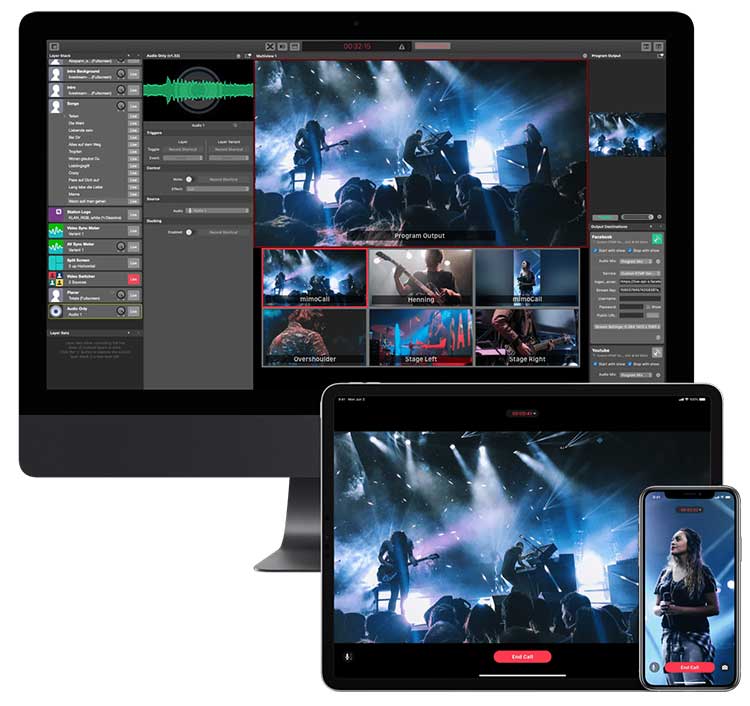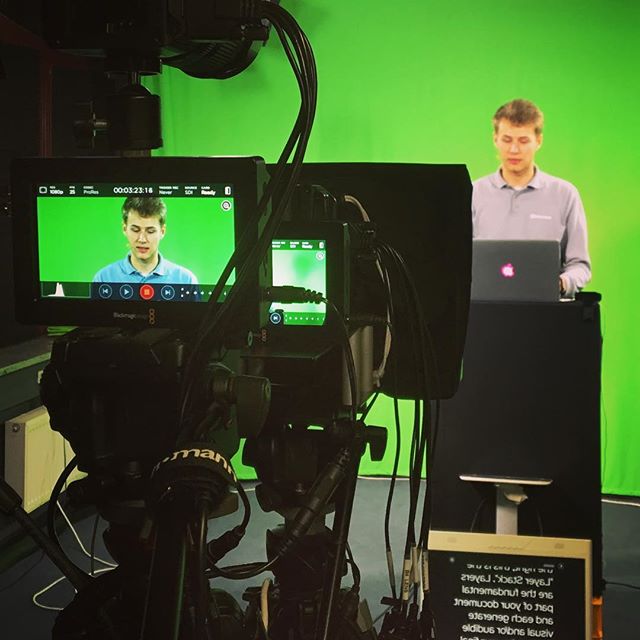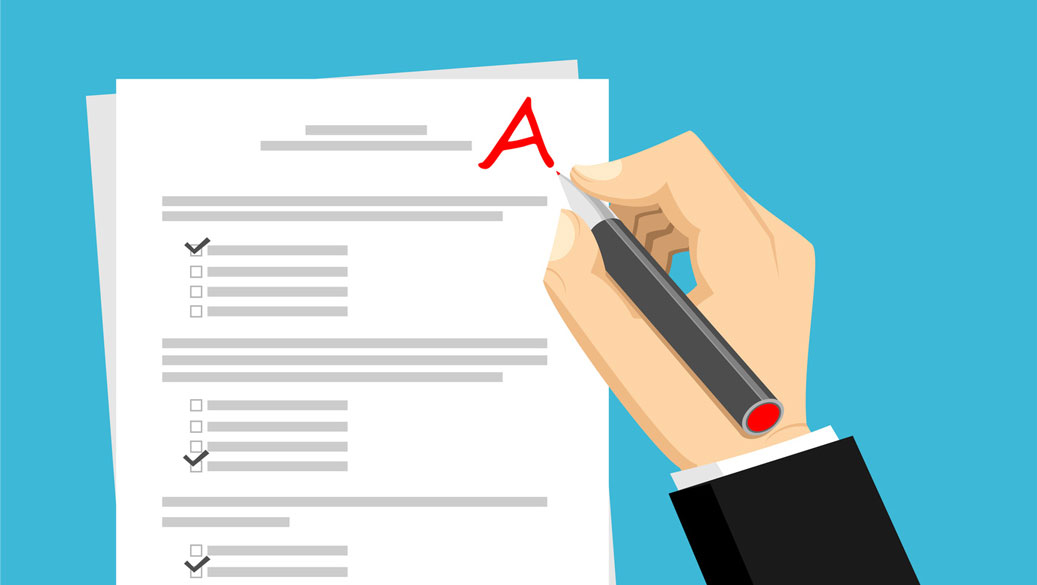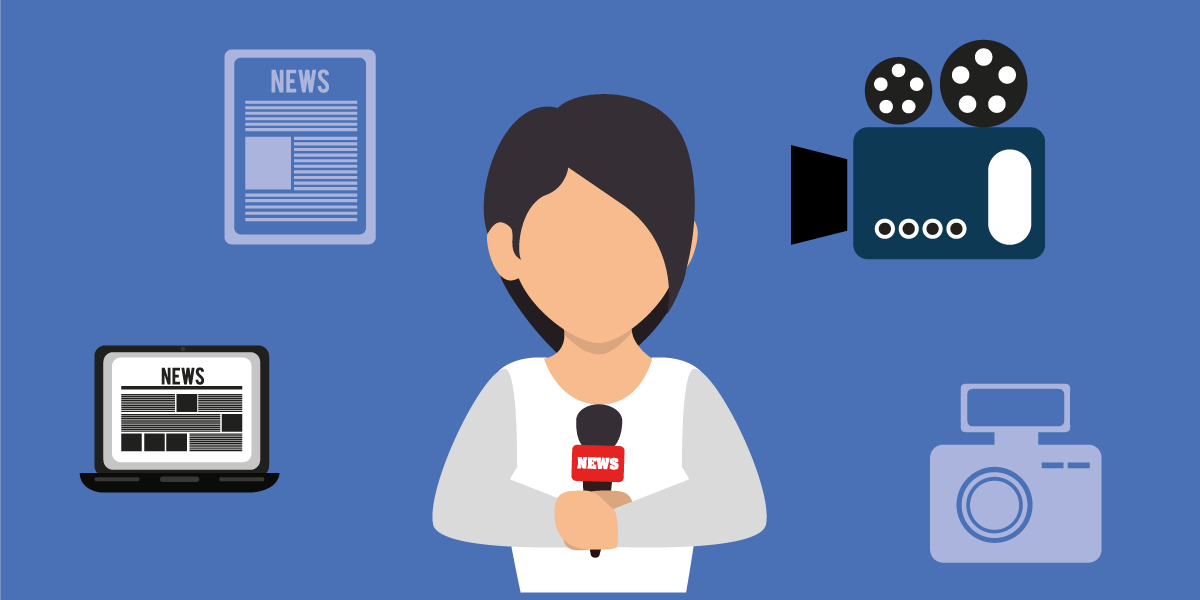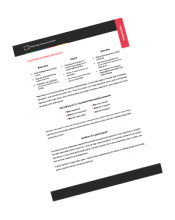The morning news is an inextricable part of our lives. For some of us, it is how we start the day. For the rest, it is what we gather around to absorb matters of national importance, during times of crises and celebration. It isn’t much different in the case of school morning announcements: they have an informational, educational and entertainment purpose. That’s precisely why high school journalists feel empowered to take their news writing and reporting responsibilities seriously.
This article offers a broad overview of high school journalism necessary for creating and presenting news and interviews that resonate with audiences.
Journalism basics: types of reporting
Different types of content require different styles of writing and research. Let’s have a closer look on each style’s specific characteristics.
News item
News items are messages about recent events. For news items to be designated as ‘top headlines’ or occurrences/issues to be deemed ‘newsworthy’, they must hold a lot of value and importance at the international, national or local level. In the context of academic institutions, a news item can be a key announcement affecting everyone at school or the community/school district. It is up to the reporters and their mentors to discern what constitutes the most important news for the day or week.
Report
A report can take many forms. It can be a piece on a topic of interest to the school or community. Or it could be a continuing message on a particular news being covered over the past week or two. Here it is important to distinguish between the scope of a middle school/high school report created for the purposes of reporting, and ‘news reporting’ in the world of journalism, which is all about disseminating current happenings and breaking news as soon as is humanly and technologically possible! Understandably, this is a tall order in high school journalism, a reason why a report can take various forms.
How to write a complete news story or report
Reporting is a lot like story-telling, but without embellishments. It is accurate, based on factual data, completely transparent, and aims to pursue the truth. There is no reason why these journalism ethics cannot be followed rigorously at the high school level. And that starts by writing a complete, data-driven news report that will be broadcast to the entire school.
A basic tenet of journalism is reporting the five Ws and one H of a news story.
- Who was involved? Eg: your school’s basketball team competed with an inner-city school team
- What happened. Eg: your school team beat the guests 68-63
- Where did it take place? Eg: the name of your school stadium
- When did it happen?
- Why did it take place? Eg: it was the annual intra city high school basketball tournament
- How did it happen? Eg: opened to great fanfare, estimated crowd, mascot, lifting the cup, and so on.
Writing a news report is about connecting the dots and presenting multiple sides of an event or issue. News reporting must encourage audiences to form opinions, take action or gain a broader understanding of their community or world.
Merken
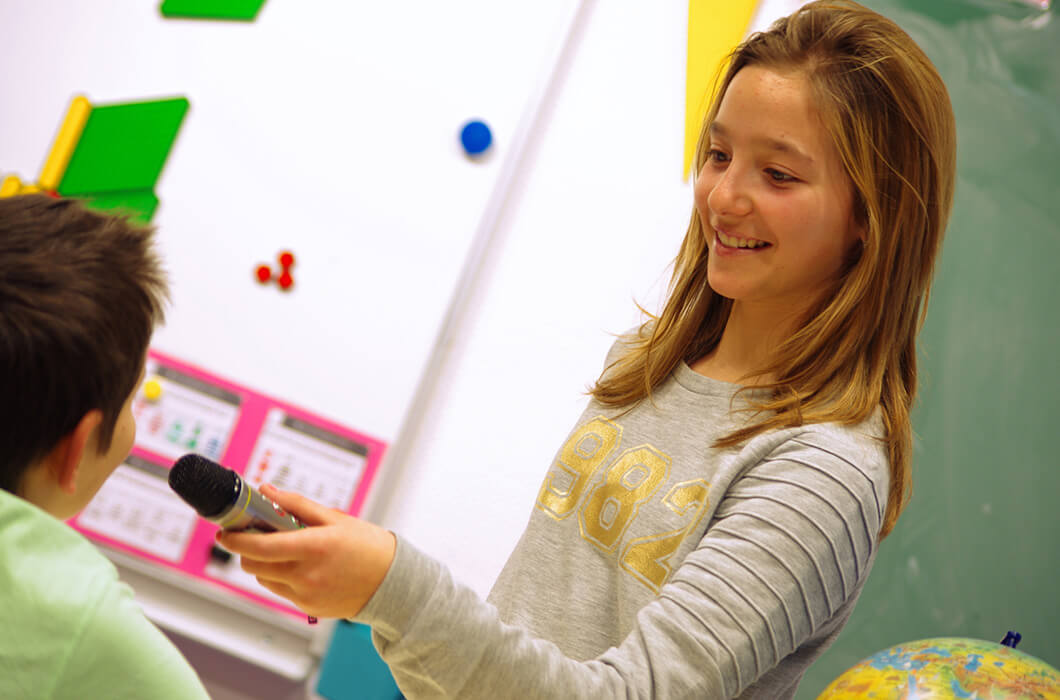
Interviews
An interview is a conversation between a journalist and an individual who has newsworthy facts and opinions to share. It is one of the most common tools of journalism, and journalists will tell you – also one of the most challenging and intimidating tasks.
Interview tips for budding high school journalists
- The person you are interviewing (interviewee) will know why he/she is here, but not know what exactly you want from him/her. It makes sense to communicate your intentions in advance. This will help them prepare for the interview, and make them feel comfortable and safe.
- Use a neutral line of questioning. The interview must not be skewed or emotional, rather, a fact-filled, reasoned discussion.
- Only ask one question at a time so the interviewee does not get confused or flustered. Pause after asking the question, wait for the answer, and inquire further or move on to the next question. Keep the pacing natural and the flow smooth.
- Continuing from the above point, you can move from one question/statement to another more effectively if you set a chronology that breaks down the interviewee’s story into smaller, logical steps for the audience’s benefit.
- Never talk over the interviewee. Also don’t talk more than the interviewee!
- Listen carefully. You may find opportunities for more questions from the answers given by the interviewee. You can also point out factual errors (if any) made by the interviewee during the conversation.
- Keep it conversational and friendly. The interview shouldn’t sound like an investigation or a boring Q&A session. Establish rapport and use a joke (non-offensive) or witty comment as an ice-breaker to make the interviewee feel at ease. Prior to the interview, spend a few minutes introducing yourself to the interviewee and re-stating the purpose of the interview.
- It is fine to clarify something you didn’t understand and which you’re pretty sure the audience wouldn’t have caught either. A simple ‘Can you please repeat that?’ or ‘Please can you explain that again?’ will do.
(Read more about how to conduct an interview properly.)
Qualities of a good reporter
In broadcast journalism, there is a responsible tradition of following ethical behavior. Journalists have the professional responsibility towards the public to be objective in their reporting and present ‘the best obtainable version of the truth’. As far as high school journalism is concerned, students must concern themselves in cross-checking facts and quotes. It is also important not to let personal bias creep in; rather, present multiple viewpoints and perspectives.
Those who wish to pursue a career in journalism must be naturally curious about what’s happening around them and develop a ‘nose for news’. Writing a report involves research – which in turn requires time, effort and patience. It helps to stay focused in the pursuit of information and organize it into a complete, coherent story. Serious and committed high school journalists willingly spend time on this endeavor; they look forward to it instead of treating it like a ‘boring assignment’.
Finally, a good reporter is a good team player. He/She enjoys collaborating with others on drafting stories and sharing screen space for live morning announcements.
Photo Credits Featured Image: ©fotolia 2016/Ivan Kruk
Merken

